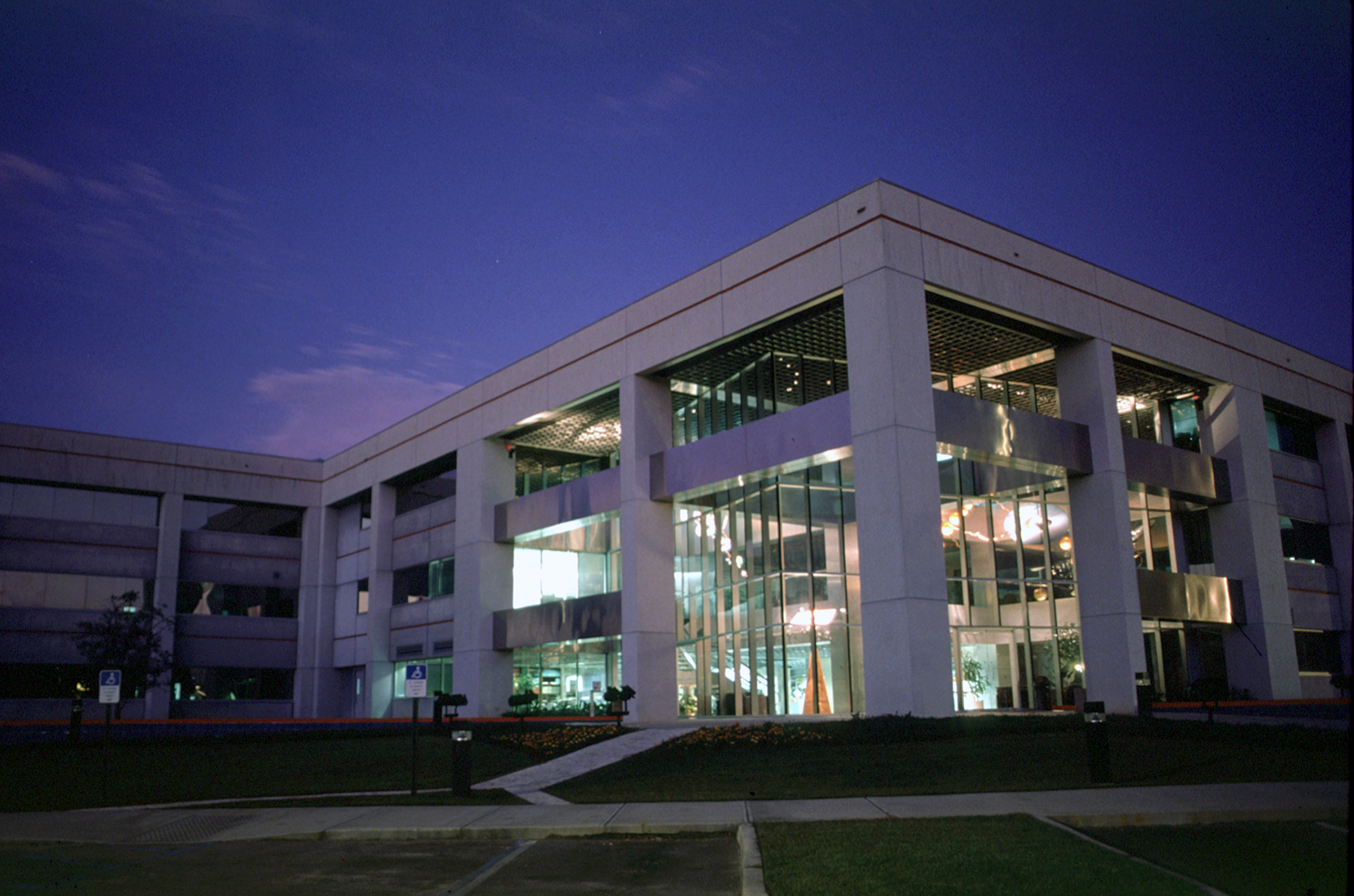What Are The 3 Largest Laboratories In The World?

Many laboratories around the world collaborate to push the frontiers of knowledge. Sometimes such a push needs enormous backing and resources.
High-energy physics dominates the largest laboratories.

Tremendous energies, substance purity and a high level of precision are required to gather data about hypothesized small-scale phenomena.
CERN
This collection of particle accelerators and related equipment spans the border regions of France and Switzerland.
The Large Hadron Collider is the crown jewel of CERN, providing insights into high-energy quantum physics. The LHC covers 27 miles underground.
This underground construction is necessary and often encountered in large physics laboratories.
Though more expensive, the rock above sensitive detectors help shield the instrument from excessive noise from the sky.
Mainstream quantum physics theories are predicated on a “standard model” that details how subatomic particles behave and combine.
One such prediction of the standard model was the Higgs boson, a particle thought to be responsible for the “mass” property of matter.
It took enormous concentrated energy to test whether the Higgs boson existed.
Recently, the LHC provided evidence of a particle that seems to match predicted properties of the Higgs boson.
Gran Sasso National Laboratory
Like CERN, the Gran Sasso National Laboratory is dedicated to particle physics.
For instance, the Borexino experiment focuses on studying neutrinos through basically “observation” with extremely pure water laced with sensitive detectors.
Some of the experiments are primarily observational. Interesting events are predicted and studied if and when they occur, but are not controlled to a major extent.
By contrast, the neutrino-focused OPERA experiment relies on the relatively close-by CERN for its “samples.”
A beam of muon neutrinos is fired from CERN directly to the detector “bricks.”
Even though this beam is fired through over 700 miles of solid rock, it is guaranteed that virtually all the neutrinos will arrive at the OPERA facility unaltered.
OPERA relies on a large number of detectors in the way of a very concentrated neutrino beam to see if any of the muon neutrinos spontaneously transitioned to tau-neutrinos.
The experiment relies on chance and a tightly-focused muon neutrino beam since there is no way to guarantee any neutrinos will interact with the detector.
SNOLAB
This Canadian facility is focused on hypothesized dark matter and neutrinos.
Neutrinos are one candidate for the predicted dark matter that pervades much of the universe.
As of now, no definite conclusion about the identity or composition of dark matter is known.
SNOLAB hopes to change that. As its website indicates, everal experiments focused on another type of substance called WIMPs: weakly interacting massive particles.
Aside from dark matter and neutrinos — long-standing favorite subjects in physics — SNOLAB takes advantage of its underground location to examine earthquake dynamics and the possibility of life deep in the earth’s crust.
Conclusion
CERN, Gran Sasso and SNOLAB are all prominent and very large labs that run a series of experiments of interest to many in the scientific community.
Though individual scientists are of course welcome to come up with interesting ideas, limitations on power production and other resources mean that large laboratories are almost always within reach of national or international organizations.
A smaller entity would not afford to build the elaborate and high-quality equipment necessary for cutting-edge research in quantum physics.
Travis Sommerville has worked as a biological transport consultant for the past 6 years and is passionate about sharing his knowledge with others.
For more information on biological transport, visit http://www.pbmmi.com/.
